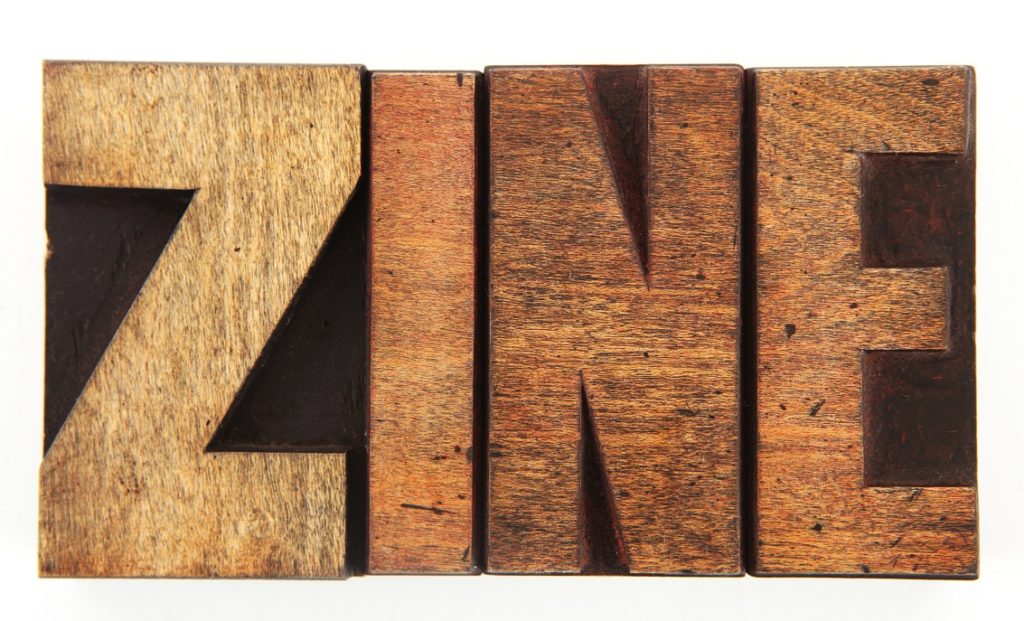Zines are small-circulation self-published works of original or appropriated texts and images. In 2018 some fans of zines declared July to be International Zine Month—a time when we’re all invited to celebrate zines and independent publishing with other zine aficionados all over the world.
Here are some resources from NCTE and ReadWriteThink.org to get you started.
In “Zines in the Classroom: Reading Culture” the author offers a brief history of zines and zine culture and describes several ways to bring zines into the ELA classroom to engage students and address standards.
“Zines for Kids: Multigenre Texts About Media Icons” a lesson plan from ReadWriteThink.org invites students to create magazines about prominent figures using a variety of writing genres and styles.
The author of “Zines—The Ultimate Creative Writing Project” describes her creative writing project based on “independently created and published personal magaZINES.” She shares a plan and some student examples.
The NCTE Research Brief “Writing Outside of School” provides research to show that extracurricular or out-of-school writing draws on and adds strength to youngsters’ social, cultural, and linguistic resources. Students can expand their social networks and negotiate complicated relationships through extracurricular writing.
“Digitizing Craft: Creative Writing Studies and New Media: A Proposal” provides decades of research on the implications of digital technologies and ideologies on the act of composing, of the pedagogical advantages of using the Web to construct e-zines for creative writing classes; the interruption of linearity in the recursive nature of hypertext; and, to a smaller degree, hypertext’s visualization of short stories and poems on the development of ways of seeing alongside ways of reading.
Do you use zines in the classroom? If you do, we’d like to hear your strategies and results! Send your responses to chronicle@ncte.org.

